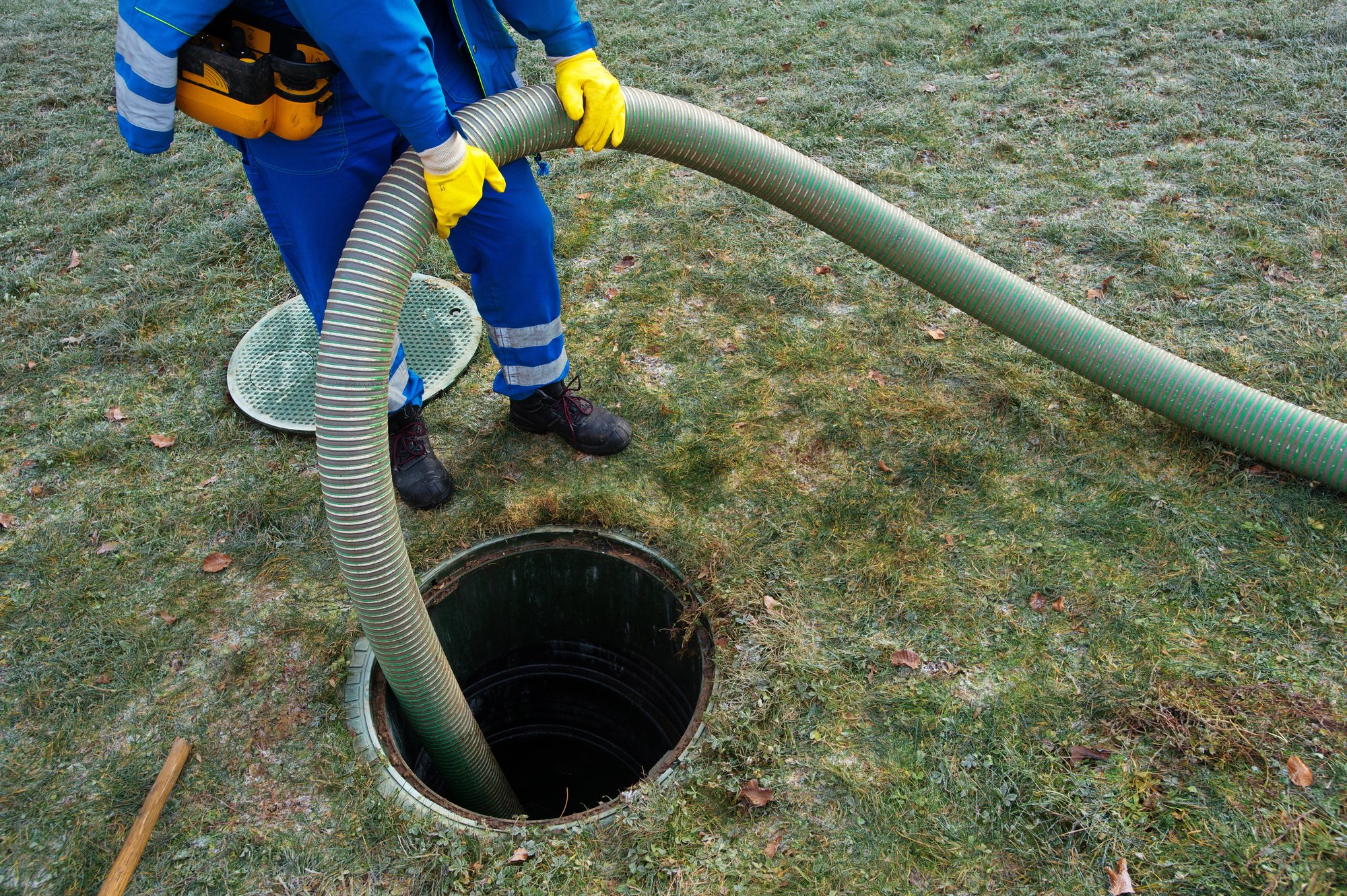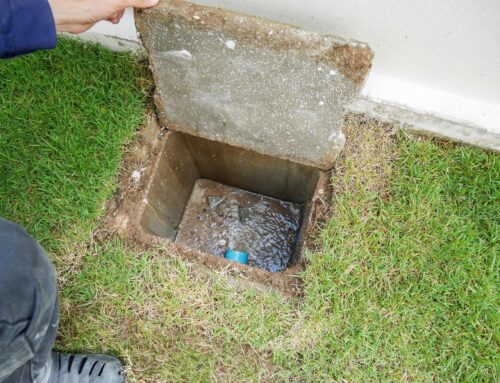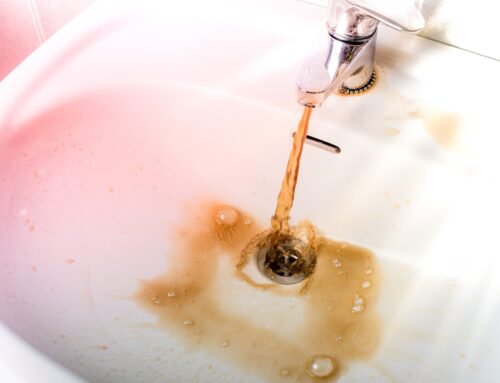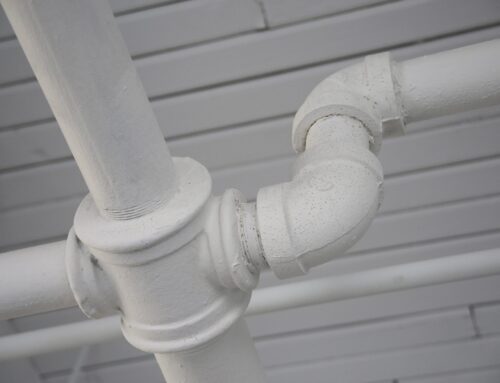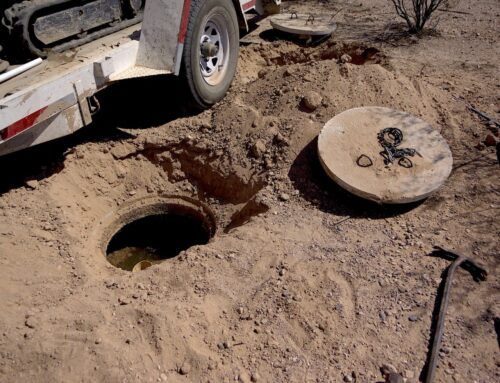Over 20% of Americans use septic systems, and that number is growing. If your property has a septic tank, you’ll need to stay on top of preventative maintenance to ensure that it functions normally. And that means understanding the guidelines for septic tank pumping.
How do you know when your septic tank is full? Stay with us to find out!
Bad Odors
One of the clearest signs of a septic system problem is a bad smell. There’s nothing worse than walking into your home and smelling a sulfuric odor coming from a drain. This telltale bad smell means you need to get your tank pumped as soon as possible.
No one wants to live in a house that smells like sewage. But when your tank is full, clogs can trap gasses and cause these terrible smells to emerge from your drains. Using an air freshener won’t be enough to get rid of them.
The smells won’t be contained in your home, either. Since a septic tank is located beneath your yard, you may smell bad odors there, too.
Your entire property could end up smelling like a sewer, making outdoor time less enjoyable. Take action before your property becomes unbearable!
Drainage Issues
Is your toilet taking longer to flush? Or is your sink’s drain backing up? If so, you may have an issue with your septic tank.
It’s normal for a septic tank to be full. This ensures that wastewater is moving and the pipes are functioning as they should. But being too full is a problem.
Full or clogged pipes can result when your septic tank has hit capacity. When that happens, wastewater can’t move through the pipes, meaning it has nowhere to go.
As a result, you’ll end up with backed-up sewage, which can lead to sanitation problems in your home or yard. The last thing you want to deal with is sewage leaking into your shower because the pipes are full.
You can try pouring a mix of vinegar and baking soda down your drain. But if things don’t improve, the only solution is to clear out your septic tank.
Reach out to the professionals for septic tank pumping to solve the problem. You can avoid a nightmare scenario where waste comes up through the shower, sink, or floor drains in your lower level. You won’t be stuck replacing flooring and sanitizing your living spaces.
Noisy Drains
Your drains may give you a clear visual cue that you have a very full septic tank. But you may get auditory messages, too. Gurgling drains can be an indication that it’s time for septic tank pumping.
Your drain may sound like something is trying to bubble to the surface. And you may hear this noise from multiple drains in your home. You should have water moving through pipes, but instead, you may have air moving through them and causing the noises.
Overburdened pipes can’t function at their best. And this impacts everything connected to them. When water can’t move through your pipes, it’s usually because of a sewage backup in your tank.
Don’t overlook these noisy drains. The sound might seem like a minor nuisance, but it can lead to bigger problems. With too much pressure on your pipes, your pipes can expand and even burst.
Worse yet, your drains can clog with waste that hasn’t broken down properly. This can include hair, tissue paper, or other forms of waste. Make a point of getting your septic tank pumped to relieve the pressure on your pipes and keep your home clean.
Brighter Grass
Normally, a lush green yard is something you want to see. It’s a sign of a healthy yard that is getting the nutrients and water it needs to thrive.
But when you have a septic system, bright green grass can be a sign of a problem. When your tank is full, sewage may be seeping out and fertilizing the grass around it. You may only see this brighter grass in areas right above your septic tank.
While the grass may look appealing, remember that it’s sprouting from sewage-filled soil. In other words, it’s not a sign of a healthy yard. A clogged septic tank means that waste, like soiled toilet paper, won’t be breaking down normally.
You may notice that the ground feels spongy and that the greenest grass sits above an underground tank. Without attention, you can end up with an environmental disaster on your property.
When you notice brighter grass or clusters of weeds emerging from your yard, check your septic tank. It may be full and leaking sewage.
Standing Water
After a heavy downpour, you can expect to see water pooled in your yard. Rain isn’t always the cause of pooling water, however. A full septic tank or faulty pipes can contribute to standing water problems.
When the septic tank is full, flushed water from toilets or showers needs to go somewhere. So it may wind up in your yard, especially if the grass is already saturated from rain.
And don’t think that this is clean water. Even if it looks like normal water, it may be contaminated. You’ll want to keep kids and pets away from standing water that’s linked to a full septic tank.
Look for insects like midges, too, around pooled water in your yard. Insects love moist conditions, and an overflowing septic tank offers the perfect environment.
Be sure to address this problem as soon as possible to avoid ruining your yard. You can take action by making sure that you pump your septic tank every three years, or five years at the latest. And every year, plan on getting its mechanical parts inspected
Pursue Septic Tank Pumping
Routine septic tank pumping can save your property from costly repairs and damage. Be on the lookout for unusually green grass or standing water in your yard. Foul smells and drainage issues are other telltale signs that you have a problem.
Don’t ignore the common signs of problems. When you need septic tank services, contact us!

